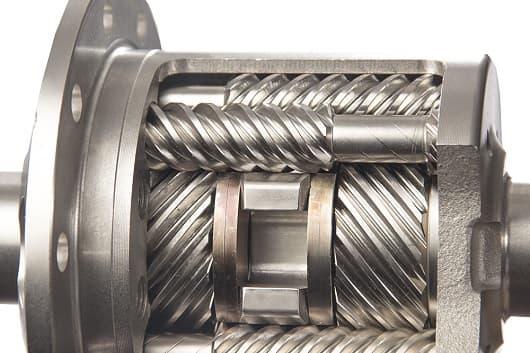How to choose your bus locator correctly
When one begins to drifte, the first disappointment usually comes when you check that your precious “machine” has no autoblocating differential (in English LSD, initials of Limited Slip Differential), but an open differential.
You try to learn how to drifte and immediately you see that your car doesn’t slide as smoothly as you see in the videos, it’s imprecise, it loses wheel easily and making a long slide becomes a suplicium.
So we learn that to drifte really needs an LSD, but what is an LSD and what is the most suitable for what we want?The.
LSD is a differential that achieves that the pair of our vehicle is transmitted to the asphalt in a more efficient way, but there are several types and their choice is usually a headbreaker.
For sale and easy purchase, there are two types:
Helicoidal grants (for example Quaife or Torsen)
This differential acts as a pair multiplier applied to the wheel that slides.So if we have a differential with a multiplier of 5:1, the wheel with more strength will pass 5 times more pair than the wheel applied with less strength that slides.The open differential would act as a 1:1 multiplier

Pros
Under maintenance.
It behaves similarly to an open differential and is equally comfortable.
Suitable for “grip” driving.
Contras
It’s not the most suitable to drifte because by its design it tends to pass more pair to the wheel that more resistance has, instead of seeking to turn at similar speeds which would facilitate the drift.
When acting as a multiplier, if one of the wheels has zero resistance, the pair transmitted to the wheels with greater resistance will be zero (5×0=0, in a 5:1 for example).
Of discs (1, 1.5 or 2 paths)
The disc differential is blocked when there is a speed difference between both wheels and the bus locker tarat will tell us what the fraction of the pair sent to each wheel.A 100% tarat would correspond to a differential in which the two wheels turn solidally.

In a twisted differential of 25%, we would have that 25% of the pair applied by the wheel with less resistance (which slides) would go to the wheel with more resistance.
The disc differential has some push elements (see image), which allow you to have traction on the wheel with more resistance even if in the opposite wheel the resistance is zero.
Pros
Uniform and with the possibility of blockage in acceleration or retention.The 1 path only blocks in acceleration, the 1.5 path blocks in acceleration and more gently in retention, and the 2 path blocks both in acceleration and in retention.
According to the one we choose will be suitable for both type “grip” and type “drift”.
Contras
The superior maintenance.
They generate operating noise and blocks in everyday situations (at parking, in very closed spins).
With the 1.5 and the 2 roads the car will be more subvirative (between these two the subviration will be greater with the 2 roads).
After this it could be said that the logical choice to drifte would be the 1.5 or 2 roads, but for an occasional drift the 1 roads, the VLSD (who usually carry some series models), or the torsen could do a good role.





